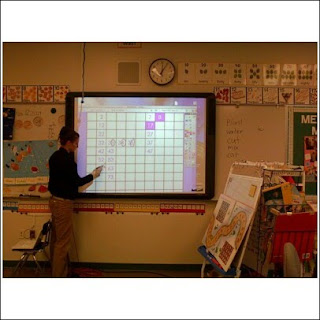1. I read, “Fighting Internet Filth,” by Mario Hipol Ensign, Aug 2005 and completed assignments 2-4
2.
Video Resources:
Angela's Experience" about how to handle Internet harassment appropriately; kid-friendly
"The Child Predator Fear" about online predators and how they target individuals
Faux Paw the TechnoCat" about how to be safe online. It is a very kid-friendly website that describes to kids what is bad and good online and what to do if something happens.
"Cyber-bullying: You Can't Take it Back" this was about rating girls as hot-or-not
"Amy's Choice" was about a 15-year-old girl who left home to meet with a man she met online and what happened to her
"A Revolution in Classrooms and Social Life" about how students are using technology to cheat. Teachers need to be aware of what students are doing. Also, used for social networking.
"Cyberbullying" about a child who was incessantly bullied online and committed suicide
“Self-Expression: Trying New Identities” How teens are publishing themselves and are trying new identities. How teens find it addicting. "Online Chat Begins At Home" about parent-child communication
"Grooming Gracie" about online predators
3.
In watching and reading these stories about what people were doing on the internet, I never realized how addicting the various internet sites are to individuals. In the “Self-Expression” video she compared it to something that meant the most to her and that it killed her that it was taken away. She compared the Internet site to her own personal world and she was so emotional distraught when she had to give up her website about herself and how she hated losing that attachment to people that constantly would give her compliments. Also, I never realized how big of a problem cyber-bullying is or could be. There were examples in the videos that one comment turned into a fight at school where physical harm was done to students. Other videos explained how through the internet false relationships were formed and due to the bullying, a young boy committed suicide because of another students comment. I think what hit me the most is the subtle problems that are happening with students. I have heard about internet predators and things like that, but the bullying really took me off guard and shocked me.
4.
For my doing experience I talked to my 15-year-old younger sister to find out what she knew about internet safety. I was really surprised at how much my little sister knew about the problems that are occurring on the internet. She said that she was really careful about what information she puts out on websites such as Facebook, and that she never gives out personal information to anyone, unless she already knows them from school, church etc. I asked her if she didn’t know someone if she would add the friend on the website, and she would say no. She said she would wait until she found out how she knew that person or would just ignore them in general.
What scared me when talking to my little sister were the stories that she told me about things she had heard in her high school that people were doing in high school. The way she talked about it so casually, because it happened so often really took me off guard. She said that it happens so often in her group of friends that in conversations she often has to leave to avoid hearing about things that are done and said on the internet. I shared the talk by Elder M. Russell Ballard, “Let Our Voices Be Heard” and I think there is a really good chance that she will read it. I told her about how the internet is not a negative thing, but used for the wrong purposes can destroy lives. It was an amazing talk and discussion and I really appreciated my sister’s willingness to talk about the internet and the dangers of it. I think my sister will keep staying away from dangerous internet sites, and even talking about them in school.
software depot isi ulang air
6 years ago






